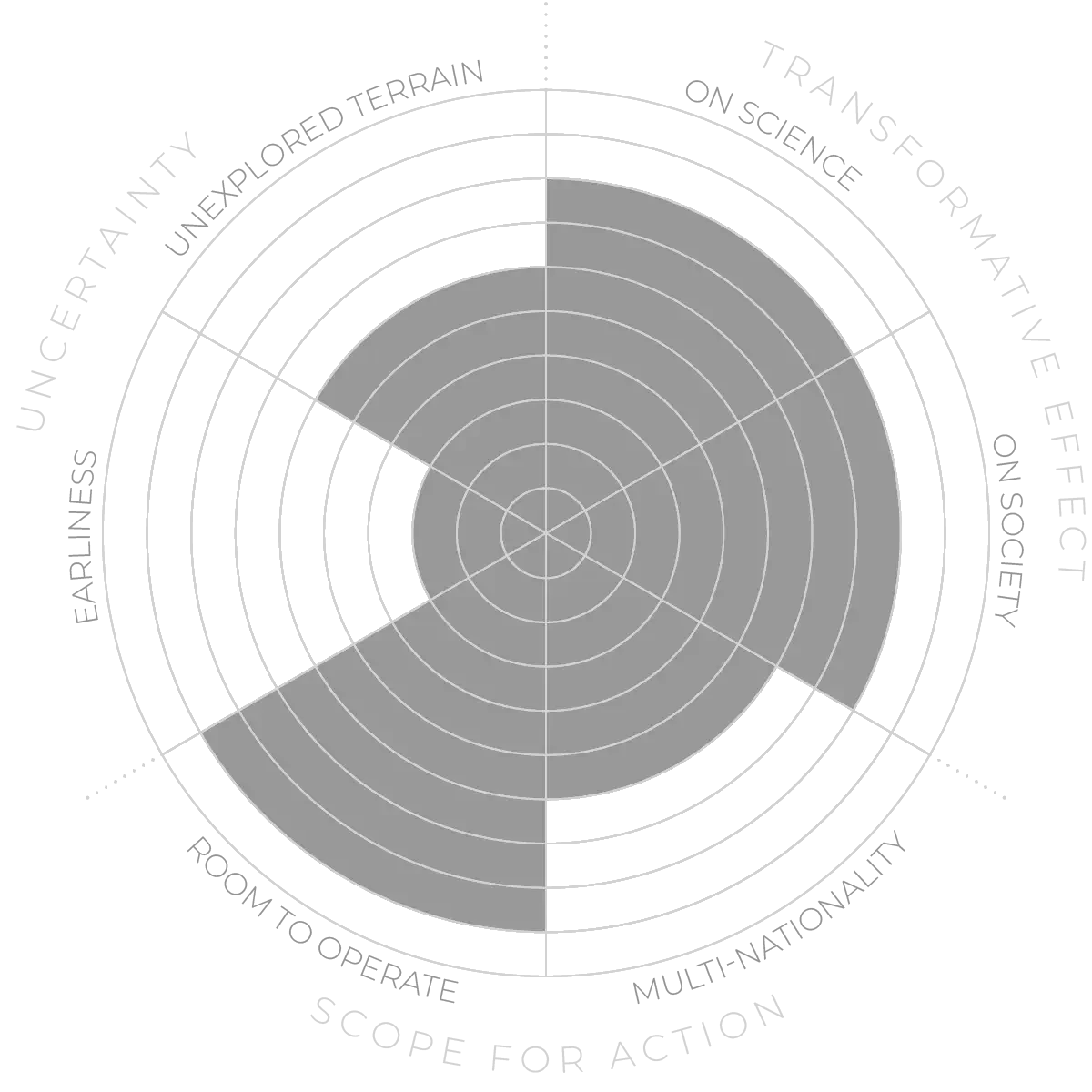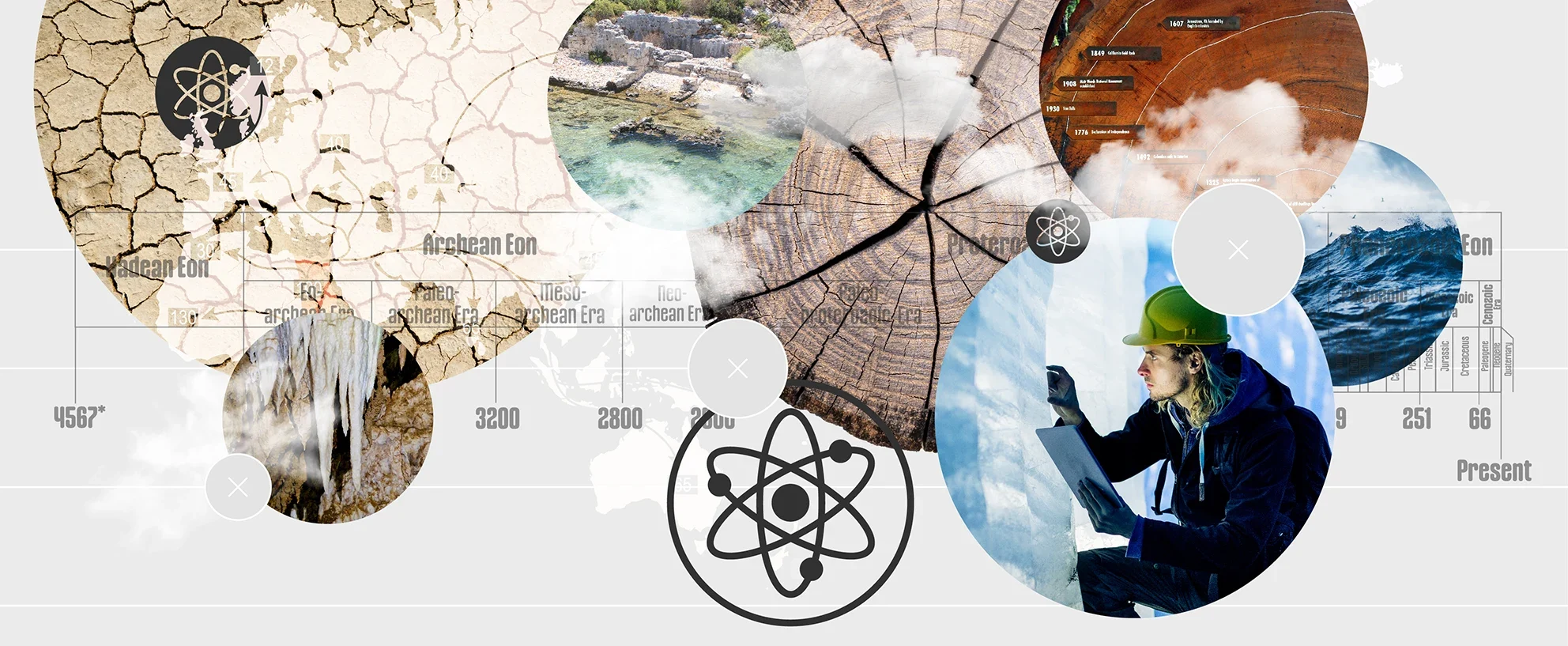Future Horizons:
10-yearhorizon
Palaeoclimate reconstructions become more reliable
25-yearhorizon
The impacts of climate change on hominin history are clarified
The accumulating palaeoclimate data enables archaeologists to link ancient climatic trends and events with hominin evolution and historical events.28 Shifts in climate, and the associated modifications to ecosystems, have been associated with key moments in hominin evolution in Africa,29,30 including diversification and the formation of new species.31 Similarly, climatic impacts on distributions of hominin species have been identified.32,33,34,35 In some cases, palaeoclimate data suggests where hominins might have lived during periods where no actual archaeological data can be found.36
Data suggests that extreme climatic events may be linked to societal disruptions like wars and even collapses. Understanding how and why some societies endured while others folded may offer insight for our own climate-threatened future.37,38
There is an urgent need to gather palaeoclimate data as rapidly and widely as possible because contemporary climate change is erasing many key forms of evidence, such as the air bubbles trapped inside the ice of glaciers that are now melting.39
Palaeoclimate studies - Anticipation Scores
The Anticipation Potential of a research field is determined by the capacity for impactful action in the present, considering possible future transformative breakthroughs in a field over a 25-year outlook. A field with a high Anticipation Potential, therefore, combines the potential range of future transformative possibilities engendered by a research area with a wide field of opportunities for action in the present. We asked researchers in the field to anticipate:
- The uncertainty related to future science breakthroughs in the field
- The transformative effect anticipated breakthroughs may have on research and society
- The scope for action in the present in relation to anticipated breakthroughs.
This chart represents a summary of their responses to each of these elements, which when combined, provide the Anticipation Potential for the topic. See methodology for more information.



